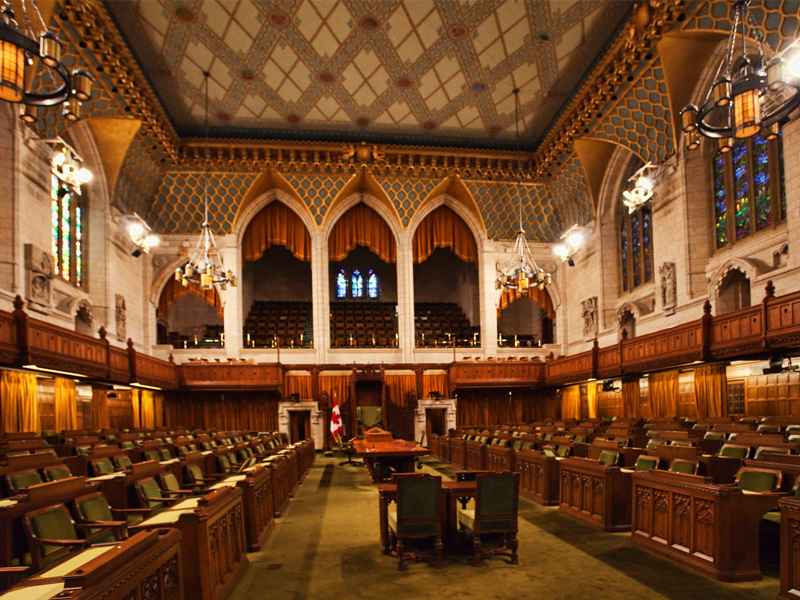
The federal government didn’t include changes to the alternative minimum tax in its motion to implement measures from the 2023 federal budget, creating uncertainty about when the proposed changes will take effect.
Finance Minister Chrystia Freeland tabled legislation on Thursday to introduce measures from the 2023 budget and last week’s fall economic statement. The alternative minimum tax (AMT), which many tax planners and clients have been expecting would take effect on Jan. 1, 2024, was not included in the motion.
The Liberals proposed increasing the AMT rate to 20.5% from 15%, and raising the exemption amount from $40,000 to the start of the fourth federal tax bracket ($173,000 in the 2024 taxation year).
Some tax practitioners have warned about unintended consequences, especially around charitable giving. Under the proposed rules, only half of the donation tax credit can be applied against the AMT, down from 100%, and 30% of capital gains on the donation of publicly listed securities are included in adjusted taxable income.
Brian Ernewein, senior advisor with KPMG, said the government is likely under pressure regarding the charitable donation component.
“The fact that the AMT could give rise to a net tax liability, purely from the donation itself, strikes me as subject to challenge,” he said. “I hope it’s something that they think about. It strikes me as the most likely case where they may make some concessions.”
A Finance Department spokesperson said the government remains committed to implementing the AMT reform.
“The Department of Finance is carefully considering the feedback received from Canadians and stakeholders on the draft legislation that was released for consultation this past summer,” the spokesperson said.
Ernewein said there’s also a case to be made against the capital gains increase. Rather than increase the AMT to a rate that’s higher than the maximum personal income tax rate, he said it would be sensible for the government to make the AMT rate the top personal tax rate for capital gains, which is ordinarily 16.5%. However, recanting on the capital gains inclusion rate “would probably change the revenue profile quite a lot,” he said.
In the 2023 budget, the government’s estimates said the revised AMT would apply to about 32,000 Canadians — down from 70,000 under the existing regime — but bring in almost $3 billion in revenue over five years beginning in the 2024 tax year.
With the AMT absent from the budget implementation bill, the measure is unlikely to pass before it’s set to take effect on Jan. 1.
Some clients may have already executed tax-planning strategies before the end of this year in anticipation of the new rules.
Ernewein said the government could still go ahead with the AMT — or some revised version of it — with a Jan. 1 implementation date.
“Don’t necessarily think that because they didn’t have it in this ways and means motion that the coming into force is necessarily going to change,” he said.
The government could also take more time to reflect on the proposal and “conclude that they had it right all along,” he said.
Most likely, Ernewein said the government would include a revised version in the 2024 federal budget.
This article was updated to include a comment from the Department of Finance.